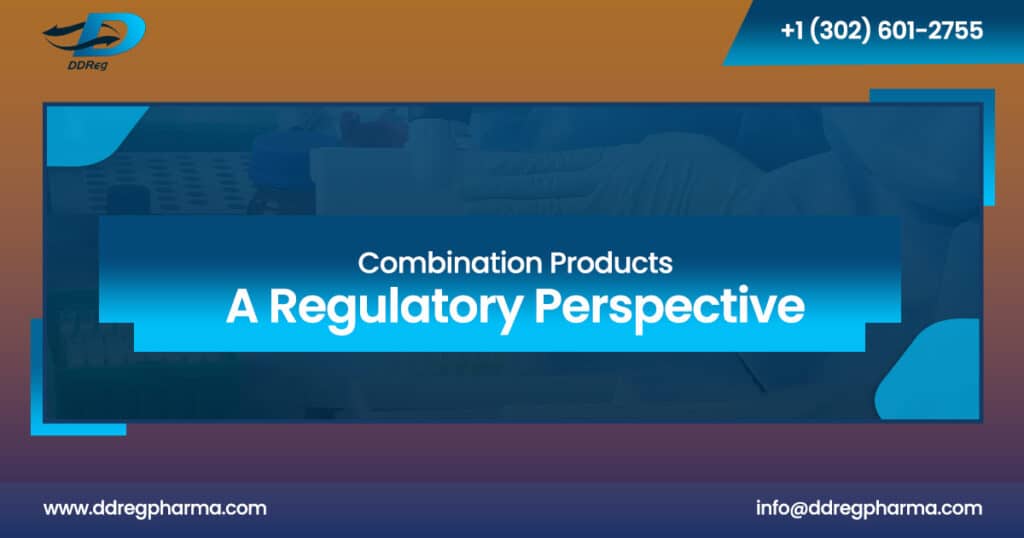- It is considered a medicinal product under MPD if used separately,
- It must be liable to act upon the body;
- It must demonstrate ancillary action.
Combination product | Applicable approval pathway |
Device-led | · Pre-market approval pathway (PMA) · De Novo Classification requests · Pre-market Notification (510(k)) submissions |
Drug-led | · New Drug Application (NDA) · Abbreviated New Drug Application (ANDA) |
Biologic-led | · Biologics License Applications (BLAs)-under section 351(a) · BLAs for biosimilar and interchangeable products- under section 351(k) |
[1] US FDA. Combination Product Definition Combination Product Types. 2018
[2] Reis ME, Bettencourt A, Ribeiro HM. The regulatory challenges of innovative customized combination products. Frontiers in Medicine. 2022;9.
[3] EMA. Quality documentation for medicinal products when used with a medical device- scientific guideline. 2021
[4] US FDA. Principles of Premarket Pathways for Combination Products. 2022
[5] Tian J, Song X, Wang Y, Cheng M, Lu S, Xu W, Gao G, Sun L, Tang Z, Wang M, Zhang X. Regulatory perspectives of combination products. Bioactive Materials. 2022 Apr 1;10:492-503.

